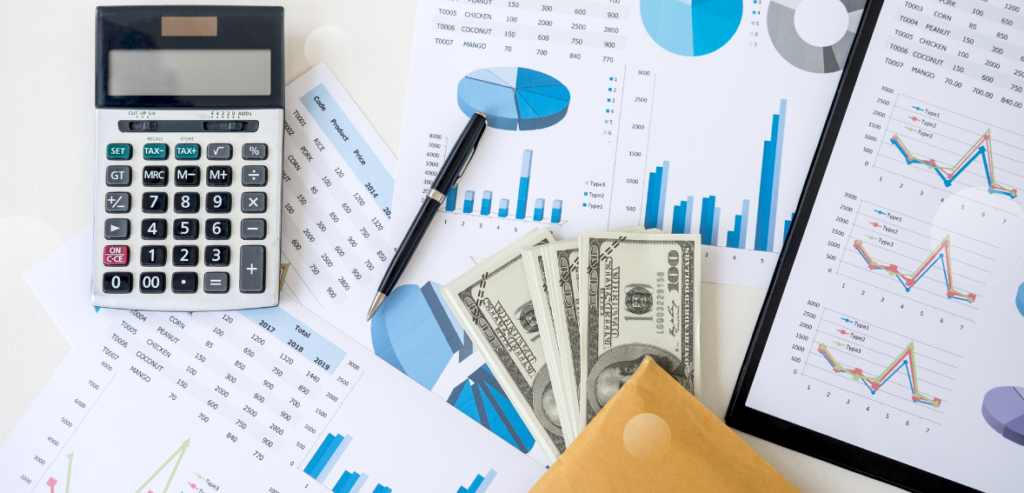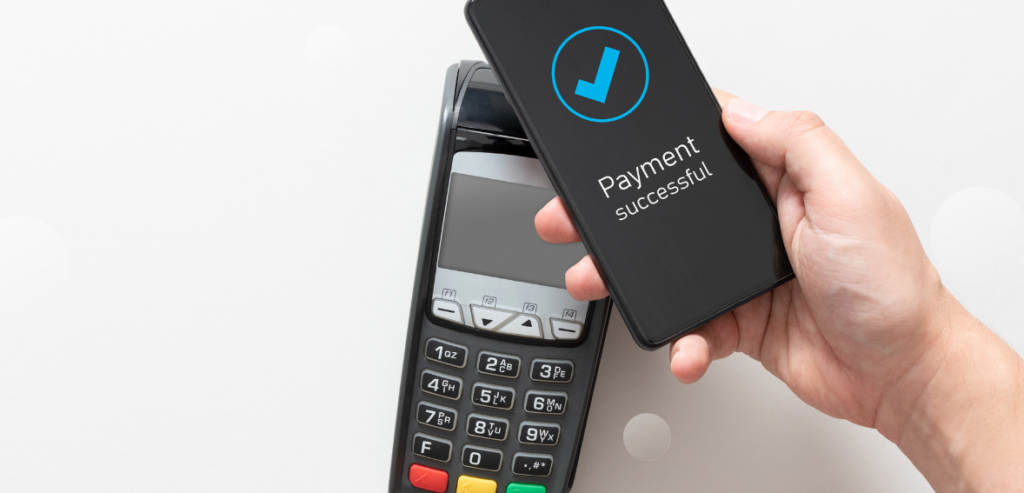Some top new trends in payment are driving substantial transaction changes in the swiftly evolving digital landscape. The convergence of novel technologies and evolving consumer preferences has sparked the development of innovative payment methods. Notably, contactless transactions have gained traction, offering a convenient and secure means of payment without physical contact. Concurrently, the ascent of cryptocurrency has revolutionized traditional payment systems, providing decentralized alternatives with heightened transparency.
These trends underscore a shift towards efficiency, security, and adaptability in financial transactions. As the payments landscape undergoes unprecedented transformation, businesses must embrace these trends to stay competitive and cater to the evolving demands of consumers. Adapting to and harnessing the potential of critical payment trends is essential for organizations looking to thrive in today’s dynamic digital environment.
Introduction to Payments
Payments are the cornerstone of economic transactions, enabling individuals and businesses to exchange goods and services. Over the years, the payment landscape has evolved from traditional cash-based transactions to digital alternatives, driven by technological advancements and changing consumer behaviors.
The Evolution of Payment Methods
Traditional Payment Methods
Historically, cash and checks have been the primary means of conducting transactions. While these methods served their purpose, they could have been more convenient and prone to security risks. However, with the advent of technology, new payment solutions have emerged, revolutionizing how we pay for goods and services.
Emergence of Digital Payments
The proliferation of smartphones and the internet has paved the way for digital payment. Consumers now have many options, from credit and debit cards to mobile wallets and online banking. These digital solutions offer greater convenience, speed, and security, making them increasingly popular among users worldwide.
Top New Trends in Payments
An Emphasis on Rewards

In today’s consumer landscape, rewards programs hold significant sway, with many individuals prioritizing them in their decision-making process. Studies reveal consumers’ willingness to switch primary cards for enhanced rewards or substantial upfront bonuses. However, the allure of rewards comes at a cost. Interchange fees, which merchants incur through their merchant services provider, are higher for cards linked to rewards programs than traditional credit cards.
This discrepancy in interchange fees is due to the need to subsidize the costs associated with offering rewards. Thus, while rewards programs serve as a competitive edge for card issuers, they inevitably translate into higher costs for merchants, shaping the dynamics of the payment ecosystem.
Expanding Payment Networks and Collaboration
In recent years, the landscape of financial technology (fintech) has undergone a notable shift from competition to collaboration, benefitting all stakeholders involved. While fintech companies were once locked in stiff rivalry, there’s a growing trend towards cooperation, particularly in the payments industry. Smaller fintech firms drive a significant portion of innovation, offering digital solutions that complement established financial services. This collaboration allows both parties to better cater to the evolving needs of today’s consumers.
For instance, partnerships like PayPal’s collaboration with Bank of America enable customers to seamlessly link their cards with PayPal for in-store payments. Similarly, initiatives like Chase Pay’s collaboration with LevelUp have expanded restaurant payment options. Such collaborations enhance the payment experience for consumers and contribute to developing an increasingly robust and interconnected payment ecosystem.
Alternative Financing Options Are Increasing

There has been a notable rise in alternative financing options in recent years, providing consumers with alternatives to traditional credit cards. One of the earliest examples was Bill Me Later, now known as PayPal Credit, which introduced a revolving credit line for online purchases. While the concept has remained unchanged over the past 15 years, interest in alternative financing is growing, driven by companies like Klarna, Affirm, and Square. These firms offer innovative solutions that cater to evolving consumer preferences and behaviors.
For instance, Klarna and Affirm provide flexible payment options for online purchases, while Square has introduced Square Installments to finance purchases. A survey revealed that many American e-commerce businesses plan to integrate purchase financing options in the coming years, reflecting the increasing demand for alternative financing solutions in today’s market.
Credit Card Processing Infrastructure Is Changing
The payment landscape is undergoing significant changes, necessitating an evolution in credit card processing infrastructure. Traditional systems from the last decade need to be equipped to handle the demands of digital, real-time payment processing, and integration capabilities for modern anti-fraud measures and APIs are lacking. To adapt to these changes, merchants are investing in new infrastructure for credit card processing. This includes upgrading credit card machines supporting NFC (Near Field Communication) technology and enabling contactless payments.
Additionally, advanced point-of-sale systems are being deployed to accommodate various payment types, such as Samsung Pay, Apple Pay, Android Pay, and other contactless tap-and-pay methods. By embracing these advancements, merchants can enhance the efficiency, security, and flexibility of their payment processing systems, better meeting the needs and expectations of today’s consumers in an increasingly digital-driven economy.
Contactless Payments

Amid the global health crisis, contactless payments have become popular as they offer a convenient and hygienic alternative to traditional payment methods. With just a tap of their card or mobile device at the point of sale, users can swiftly and securely conduct transactions without needing physical contact. This touch-free approach minimizes the risk of spreading contagious diseases and enhances the overall efficiency of the payment process.
As a result, contactless payments have become increasingly favored by consumers seeking safer and more convenient ways to make purchases, driving widespread adoption across various industries and regions.
Biometric Authentication
Biometric authentication methods like fingerprint and facial recognition are gaining prominence within payment systems, bolstering security measures significantly. By utilizing individuals’ unique physiological characteristics, such as fingerprints or facial features, these technologies accurately verify users’ identities. This authentication process minimizes the risk of fraudulent activities and mitigates unauthorized access to sensitive financial data.
As a result, biometric authentication serves as a robust safeguard against identity theft and other forms of cybercrime in payment transactions. Its widespread adoption across various sectors underscores its effectiveness in enhancing security and instilling trust among consumers, paving the way for a more secure and seamless payment experience.
Cryptocurrency Payments
The emergence of cryptocurrencies such as Bitcoin and Ethereum has triggered a transformative shift in the payments sector. Powered by blockchain technology, these digital currencies facilitate direct peer-to-peer transactions, bypassing traditional intermediaries like banks or financial institutions. Despite being in their early stages, cryptocurrencies have the potential to redefine the landscape of financial transactions.
Their decentralized nature and blockchain technology’s inherent security and transparency offer users greater autonomy and efficiency in conducting financial transactions. While challenges and regulatory uncertainties persist, cryptocurrencies’ growing adoption and acceptance signify their increasing relevance in reshaping the future of payments. As technology continues to evolve, cryptocurrencies promise to revolutionize how we perceive and engage in global financial transactions.
Buy Now, Pay Later (BNPL)
Buy Now, Pay Later (BNPL) services have surged in popularity, especially among millennials and Gen Z consumers. These platforms enable users to split their purchases into manageable installments over time, typically without accruing interest. BNPL services offer a flexible and affordable payment option, catering to the preferences of modern online shoppers.
This payment model resonates with individuals seeking greater financial flexibility and convenience when purchasing. As a result, BNPL services have witnessed widespread adoption, reshaping the dynamics of e-commerce and retail sectors. With its seamless integration into online checkout processes, BNPL continues to attract a growing number of consumers, underscoring its significance as a preferred payment method in today’s digital economy.
Peer-to-Peer (P2P) Payments
Peer-to-peer (P2P) payment platforms facilitate direct fund transfers between individuals via smartphones or computers. Popular services like Venmo and PayPal have seen a surge in usage due to their convenience and ease of use. These platforms are widely utilized for various purposes, such as splitting bills, reimbursing friends, and conducting small-scale transactions seamlessly. With just a few taps on their devices, users can transfer funds instantly, eliminating the need for cash or traditional banking methods.
P2P payment platforms have revolutionized how people exchange money, offering a hassle-free and efficient alternative to conventional payment methods. As the adoption of digital payments continues to rise, P2P platforms are expected to play an increasingly significant role in facilitating peer-to-peer transactions and promoting financial inclusivity.
Impact of Technology on Payments
Enhanced Security Measures
Advancements in encryption and tokenization have bolstered the security of payment systems, reducing the risk of fraud and data breaches. Biometric authentication adds an extra layer of protection, ensuring that only authorized users can access their accounts and initiate transactions.
Improved Convenience
Digital payments offer unparalleled convenience, allowing users to transact anytime, anywhere, with just a few taps on their devices. Whether paying bills, shopping online, or transferring funds, individuals can easily manage their finances, eliminating the need for physical visits to banks or ATMs.
Seamless Integration with IoT Devices
The Internet of Things (IoT) revolutionizes how we interact with everyday objects, including payment-enabled devices. IoT technology enables seamless and secure payments from smartwatches to connected cars, enhancing the overall user experience and streamlining transactions.
Future Predictions for Payments
Expansion of Blockchain Technology
Blockchain technology is poised to disrupt the payments industry further, offering secure and transparent transactions without intermediaries. As blockchain networks evolve and scale, we expect to see increased adoption of cryptocurrencies and decentralized finance (DeFi) solutions.
Integration of Artificial Intelligence
Artificial Intelligence (AI) is reshaping the payments landscape, enabling personalized experiences and predictive analytics. AI-powered chatbots and virtual assistants enhance customer service and reduce transactional friction, leading to smoother and more efficient payment processes.
Increased Focus on Financial Inclusion
As digital payments become more ubiquitous, there is a growing emphasis on ensuring financial inclusion for underserved populations. By leveraging technology and innovative payment solutions, stakeholders aim to bridge the gap and provide access to financial services for all, regardless of socioeconomic status or geographic location.
Conclusion
The payments industry is experiencing a period of unprecedented innovation and transformation. From contactless transactions to cryptocurrency payments, the landscape is evolving rapidly, driven by technological advancements and changing consumer preferences. As we look toward the future, one thing is clear: how we pay for goods and services will continue to evolve, shaping how we interact and conduct transactions in the digital age.
FAQs
What are contactless payments, and how do they work?
Contactless payments allow users to complete transactions by tapping their card or mobile device at the point of sale terminal. The technology relies on near-field communication (NFC) to securely transmit payment information, offering a fast and convenient alternative to traditional payment methods.
What are the advantages of using biometric authentication for payments?
Biometric authentication offers enhanced security by verifying a user's identity using unique physiological traits such as fingerprints or facial features. Unlike traditional passwords or PINs, biometric data is challenging to replicate, reducing the risk of fraud and unauthorized access.
How are cryptocurrencies changing the payments landscape?
Cryptocurrencies like Bitcoin and Ethereum offer decentralized and secure alternatives to traditional fiat currencies. By leveraging blockchain technology, these digital assets enable peer-to-peer transactions without the need for intermediaries, providing users with greater financial autonomy and privacy.
What is the significance of Buy Now, Pay Later (BNPL) services?
BNPL services allow consumers to make purchases and pay for them in installments over time, often without interest. This flexibility appeals to budget-conscious shoppers, providing greater affordability and convenience without the burden of immediate payment.
How is Artificial Intelligence (AI) shaping the future of payments?
AI-powered technologies are revolutionizing payment processes, enabling personalized experiences and predictive analytics. From chatbots to fraud detection systems, AI enhances security, efficiency, and customer service, driving innovation and convenience in the payments industry.

